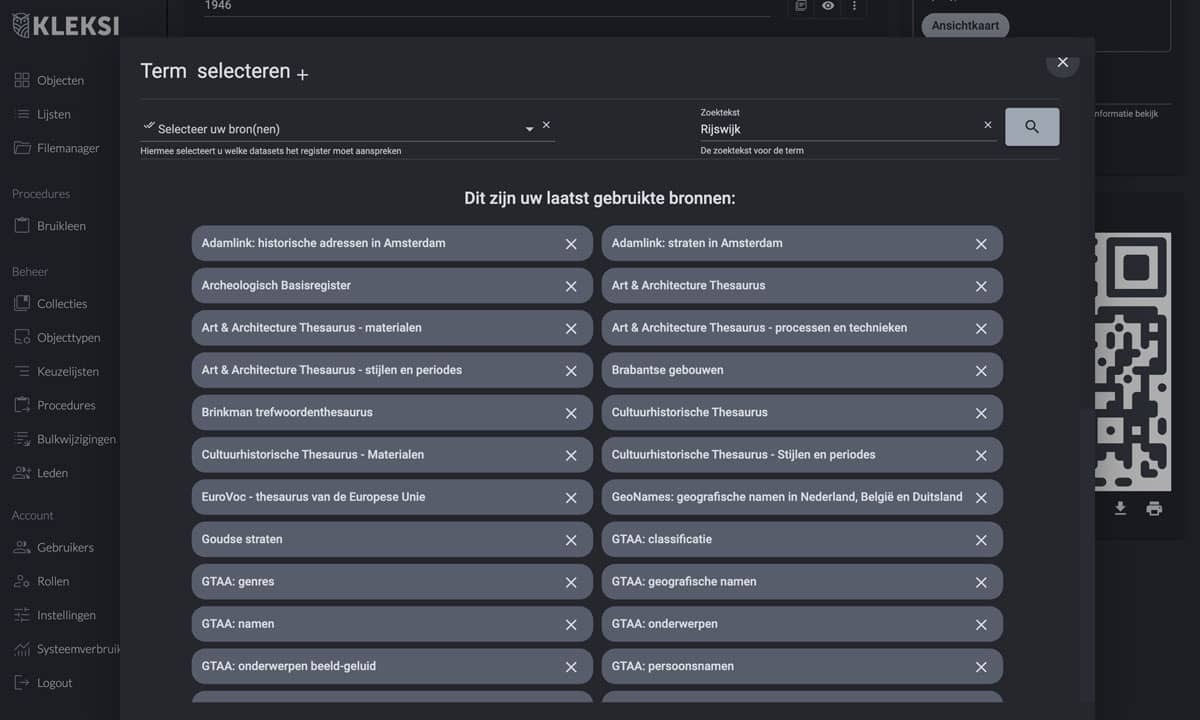
NDE compatible
KLEKSI complies with NDE compatibility standards
With KLEKSI you ensure that your collection effortlessly meets the highest standards of the Digital Heritage Network (NDE).
Unlock Heritage. Connect the World.

Work NDH-compliant and reach more audiences with your heritage collection
In order to be NDH-compatible, a collection registration system must meet the standards and requirements set by the Network Digital Heritage. In order to be able to work NDH-compatible, agreements have been made with heritage organisations, software suppliers and other partners in the network in recent years to connect heritage in an even better way. KLEKSI meets all the conditions set by NDH. This means you:
- Uses sustainable identifiers and thus avoids the well-known 404 message;
- Links to URIs of standardized terms via the Terms Network;
- Heritage information publishes as linked (open) data;
- makes datasets findable for others via the Dataset Register;
- Use IIIF to access image collections.
Below we would like to explain to you how these components are processed in KLEKSI and what benefits this has for your organization.
Why KLEKSI.
Ready to improve your collection management? Contact us without obligation and discover what KLEKSI can do for you.
Are you curious about the possibilities of KLEKSI for your collection? We offer flexible pricing that fits your specific needs and situation. Contact us for more information or view our pricing.
- © Copyright KLEKSI - KLEKSI is a product of Sofco
- Privacy policy
- Cookies
- Developed by Sofco

